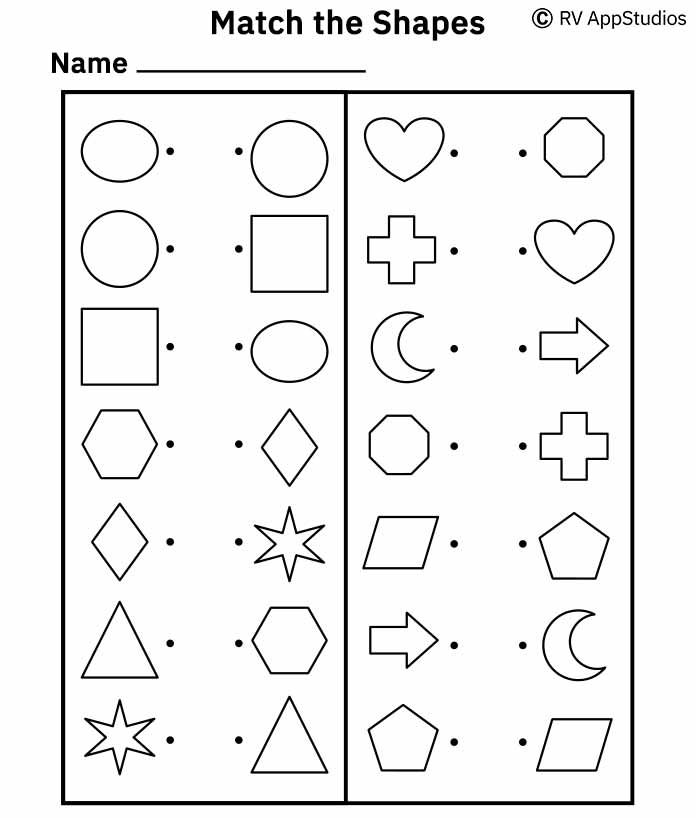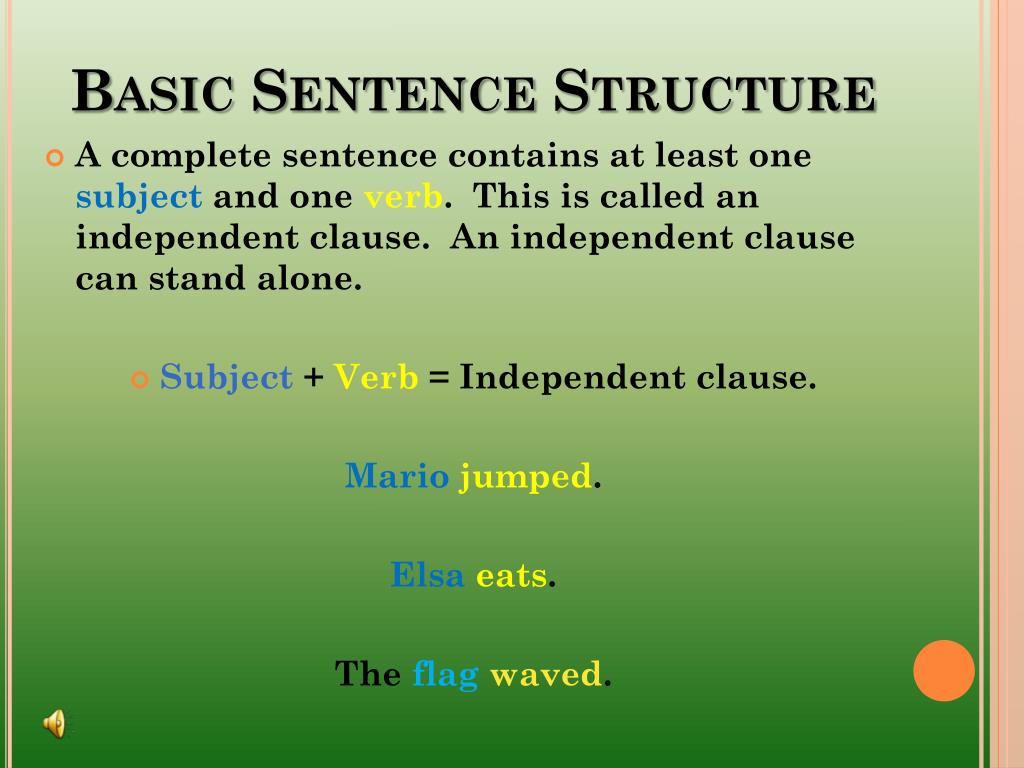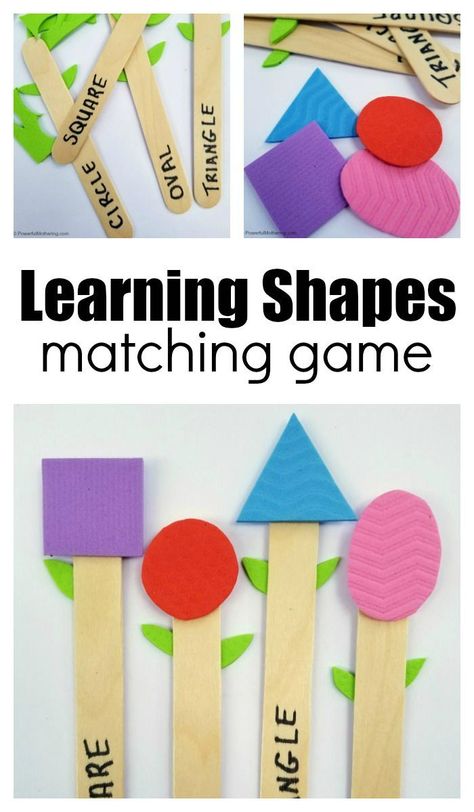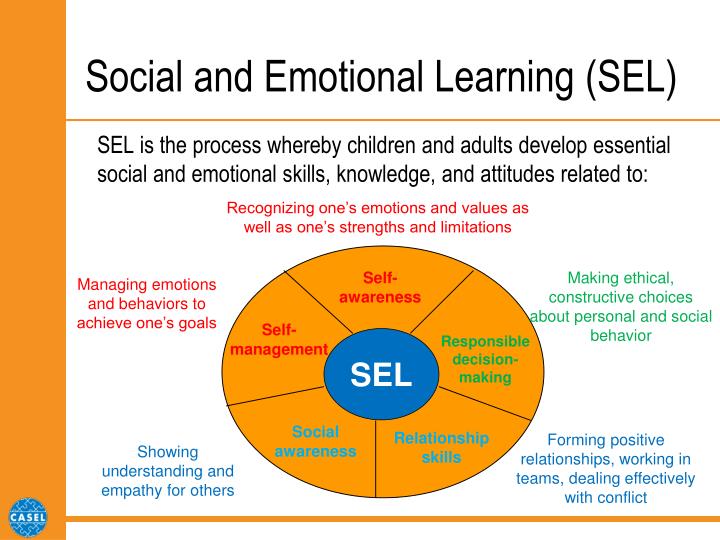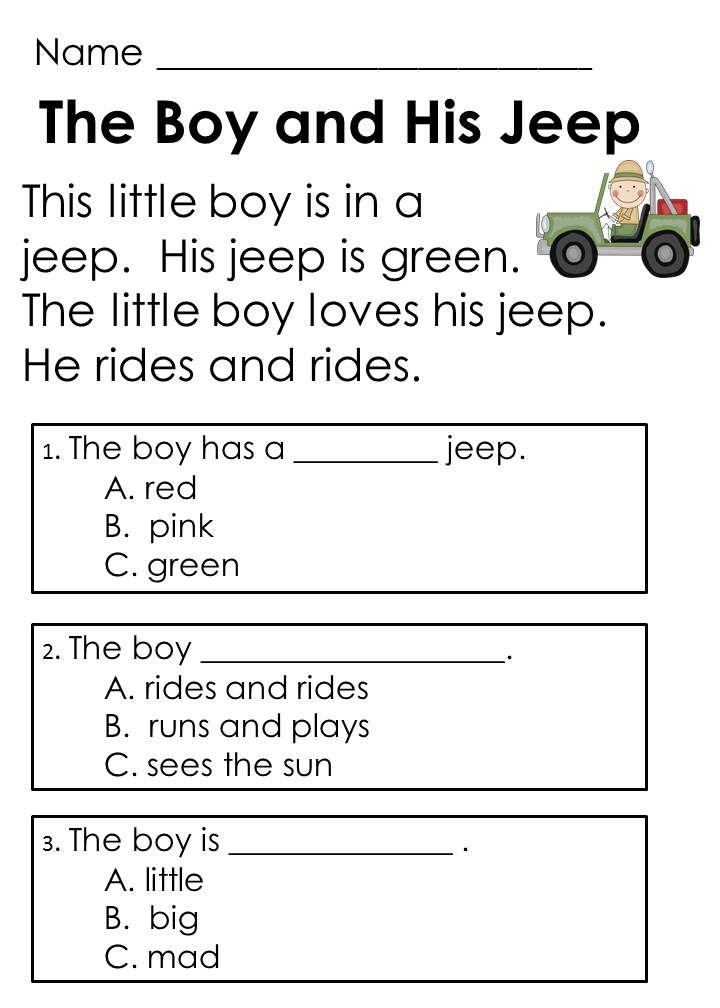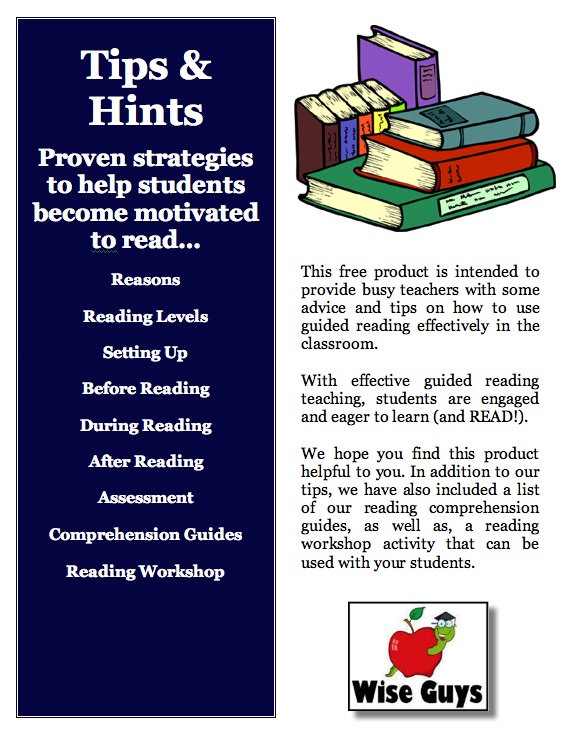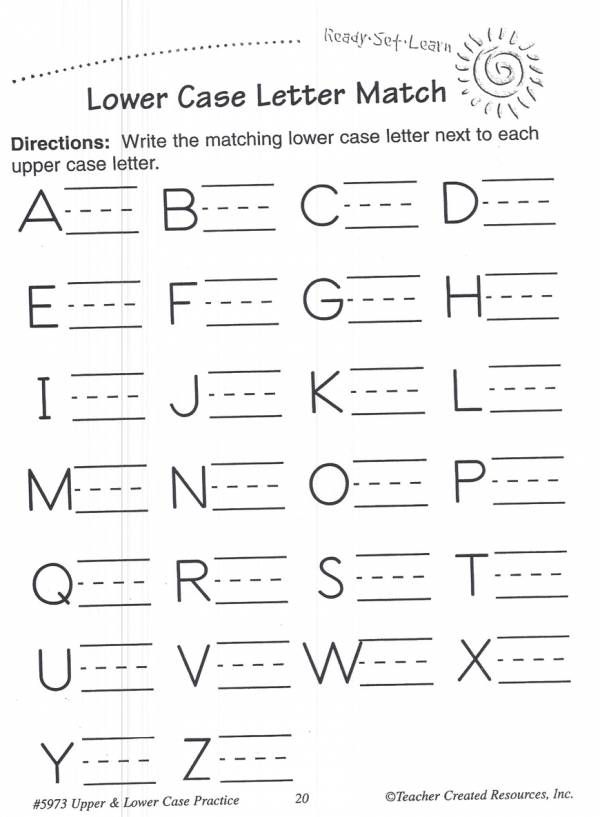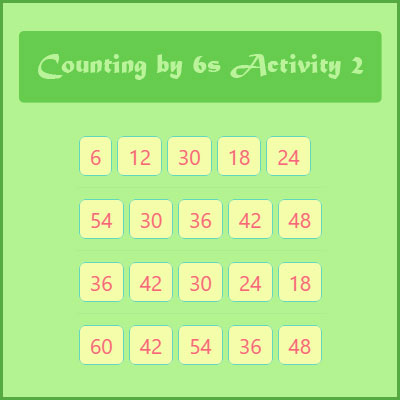Teach shapes preschool
Teaching Shapes in Preschool
Do you teach shapes in your preschool or pre-k classroom? If you’re looking for fun, hands-on activities for teaching shapes that will get your kids excited about learning, then you’re in the right place!
Teaching Shapes in Preschool
Learning about 2D shapes is an important early math skill. There are so many different ways to teach your little learners about shapes, but the most effective methods will be those that provide opportunities for hands-on learning.
2D Shape Activities
Shapes are a Skill
This might be a surprise to some, but shapes are a skill, not a unit of study. A skill develops over time and needs to be reviewed and reinforced throughout the year.
Teaching Shapes with Manipulatives
Your little learners will benefit the most from exploring and creating with shapes all over the classroom, not just in the math center.
You can put shape manipulatives like pattern blocks, geoboards, and magnetic shapes in your classroom centers. I like to keep a color and shape bingo game in my puzzles and games center all year long.
Hands-On Learning
If you really want your students to learn shapes, you can provide them with hands-on activities for learning shapes all year long.
These road shape mats pictured above are a perfect example of a fun, hands-on learning activity your kids will love!
Embedding shapes into your units of study is a more effective approach because it will help your kids learn and remember the names of the shapes being taught.
Pattern Blocks
Another fun way for teaching shapes is to use pattern blocks. These pattern block mats are the perfect shapes activity.
Your little learners will be practicing shape matching, and they’ll also be flipping and turning the shapes on the mat. Matching, flipping, and turning shapes is the foundation of geometry.
Geoboard Shapes
These geoboard shapes task cards can be used all year long.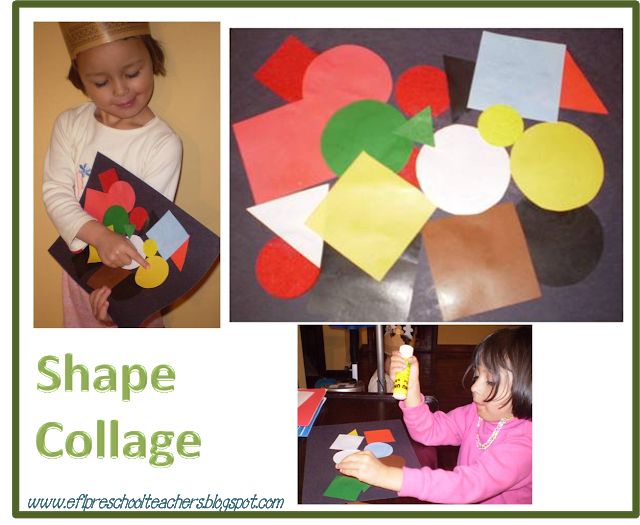 Not only are they fun for your kids to use, but they’re also great for developing those important fine motor skills.
Not only are they fun for your kids to use, but they’re also great for developing those important fine motor skills.
Craft Stick Shapes
Making shapes with craft sticks is a super fun and inexpensive way to learn shapes! Use these done-for-you craft stick shape cards to create a hands-on shape learning experience your kids will love!
Play Dough Shapes
Do your kids love playing with play dough? These play dough shape mats are a great way to introduce shapes to your little learners! They’ll love rolling “snakes” and making shapes on their mats. They’ll also be developing visual discrimination skills by searching for the picture that doesn’t belong and fine motor skills with tracing.
Teaching Shapes
When teaching your little learners about shapes, remember to talk about how many sides each shape has. Don’t be afraid to use real math language, like sides and vertices. Using real math language will help your students develop important academic vocabulary.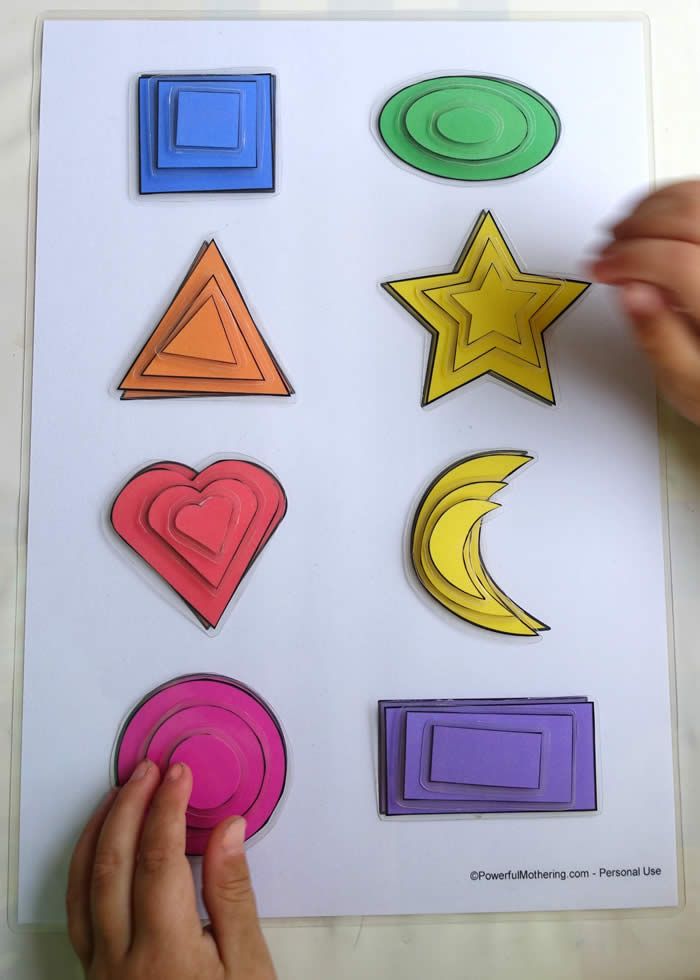
When you use shape manipulatives in your classroom, your little learners can feel, touch and count the number of sides and vertices each shape has. You can even talk about how a circle doesn’t have any sides or vertices!
Shapes in the Math Center
You can also incorporate shape activities into your math center throughout the year to reinforce shape recognition.
Shape Books
More Math Ideas from Pre-K Pages
Related Links
Prekinders
40 Easy And Fun Hands-On Shape Activities For Preschoolers
One of the first math concepts that preschoolers learn is identifying shapes. They begin to distinguish among the different shapes and categorize items according to shape. They learn the names of shapes and their characteristics. They find shapes in everyday items. This collection of shape activities for preschoolers can lead preschoolers to explore shapes in all kinds of ways.
Shapes Activities for Preschoolers
These activities will help your preschoolers learn their shapes.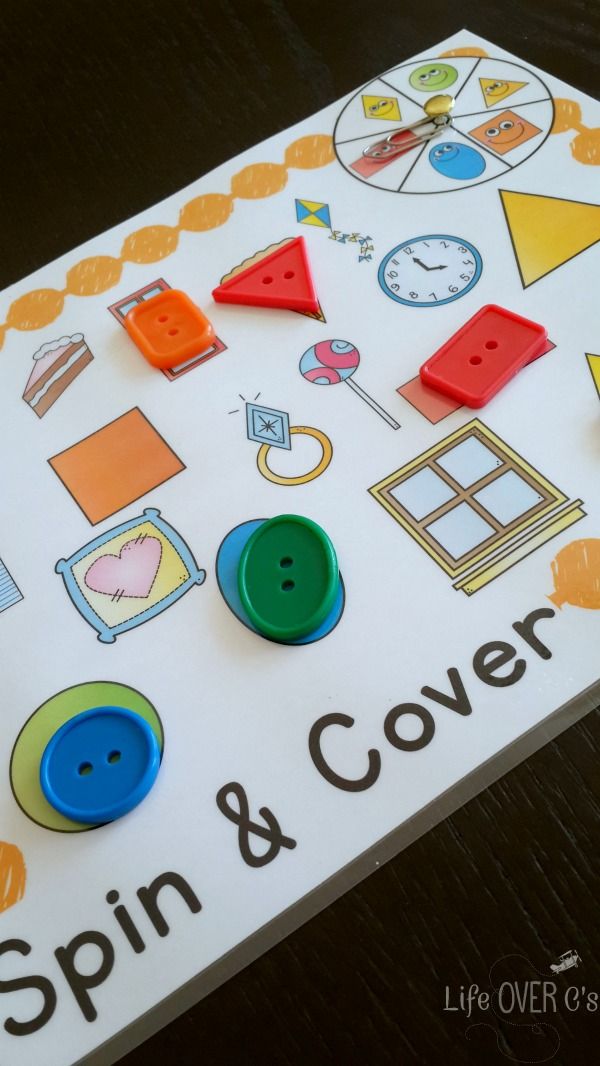 These shape activities for toddlers, will work in your preschool classroom and your kindergarten classroom.
These shape activities for toddlers, will work in your preschool classroom and your kindergarten classroom.
1. Road Shapes with Cars (Pre-K Pages) – 22 printable road shape mats to help your litte learners identify shapes.
2. Making Shapes with Play Dough (Pre-K Pages) – A fun, hands-on playful learning experience that uses play dough to teach shapes!
3. Pattern Block Shapes (Pre-K Pages) – Pattern blocks can actually help your little learners build a strong foundation for learning geometry later.
4. Making Shapes with Geoboards (Pre-K Pages) – If you haven’t tried geoboard activities in your classroom yet, your kids are going to love them!
5. Create a Shapes Photo Book (Pre-K Pages) – To introduce shape concepts to my son, I grabbed the book So Many Circles, So Many Squares from our library as the anchor to our learning ship. Using this book, we went on a shape scavenger hunt and made a fun shape keepsake.
6. Perfect Square Shapes Art (Pre-K Pages) – This Perfect Square art activity is so easy to set up and totally open-ended.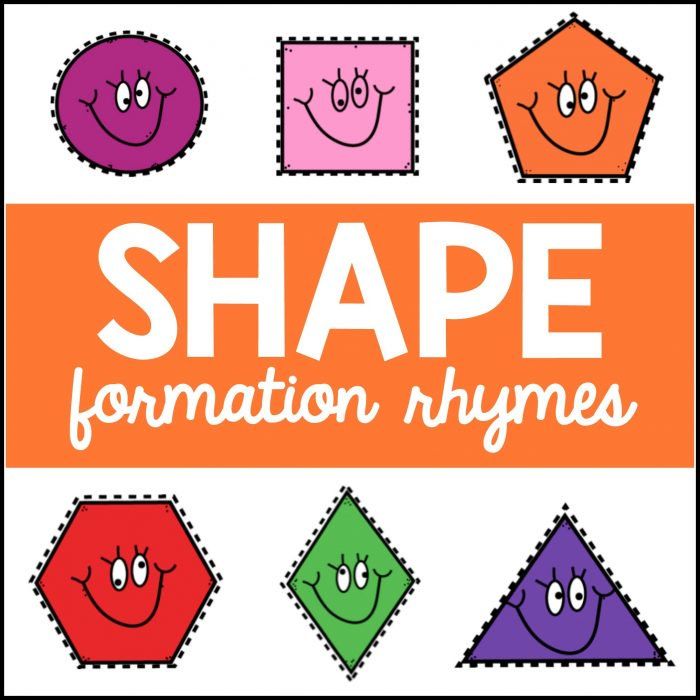 It goes perfectly with the book and would be an excellent addition to a shapes unit.
It goes perfectly with the book and would be an excellent addition to a shapes unit.
7. Building Shapes with Craft Sticks (Pre-K Pages) – Pair this activity with the book Shapes, Shapes, Shapes by Tana Hoban and you’ve got the perfect low-prep shapes lesson!
8. Teaching 3D Shapes (Pre-K Pages) – Here are some of my favorite ideas for teaching 3D shapes to young children in pre-k or kindergarten. I also wrote some very simple 3D shape songs for you that incorporate hands on learning; keep reading to download the 3D shapes printable song charts.
9. Nature Shape Scavenger Hunt (Pre-K Pages) – A Star in My Orange is a great way to reinforce shape recognition with your preschoolers. They will also immediately want to run outside for their very own shapes scavenger hunt in nature!
10. The Shape of Things Chalk Drawings (Pre-K Pages) – Shapes are found, identified, and drawn in all preschool classrooms! Discovering just how often circles, squares, and triangles occur in our everyday life make them relevant to children.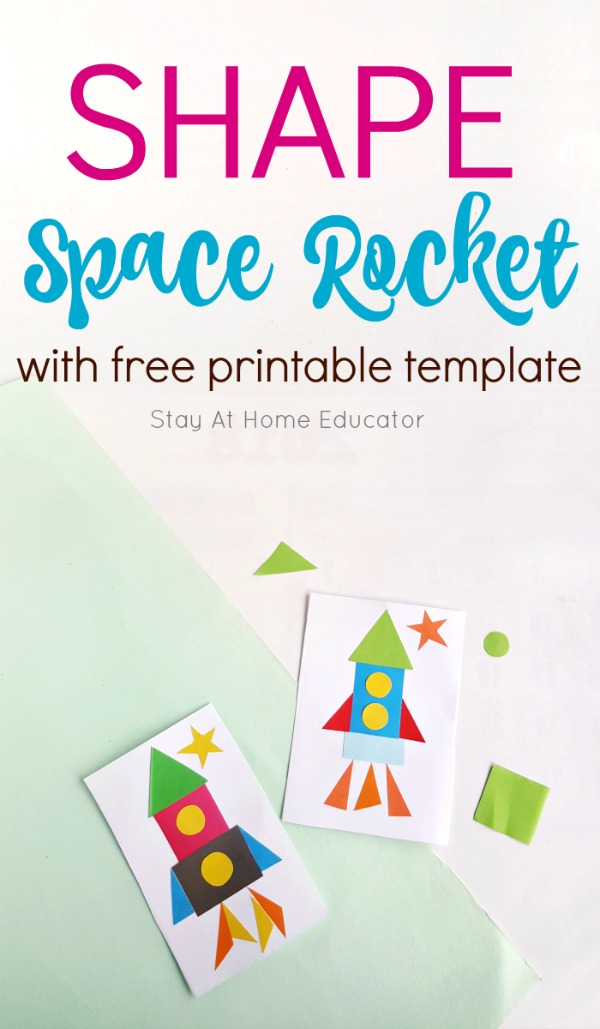
11. Shape Wands (Pre-K Pages) – Make some shape wands and turn your home or classroom into the perfect place for kids to learn and identify shapes.
12. Shape Exploration (Pre-K Pages) – After reading the wonderful book Mouse Shapes by Ellen Walsh, I thought it would be fun to make a mouse that could be used in a shape game. The mice in the book explore shapes so, why shouldn’t we?
13. Make a Tortilla Shape Snack (Pre-K Pages) – We have the perfect recipe for exploring a math concept. Read aloud one great children’s book. Make a healthy and yummy treat. Combine the two together and you have a lesson on shapes.
14. Shapes Word Chart (Pre-K Pages) – This word chart focused on shapes but you can make a word chart for any topic.
15. “I Have Who Has” Shapes Game (Prekinders) – You may have seen the “I Have, Who Has” card games circulating the internet a lot lately, so this is a fun twist for Pre-K to teach shapes.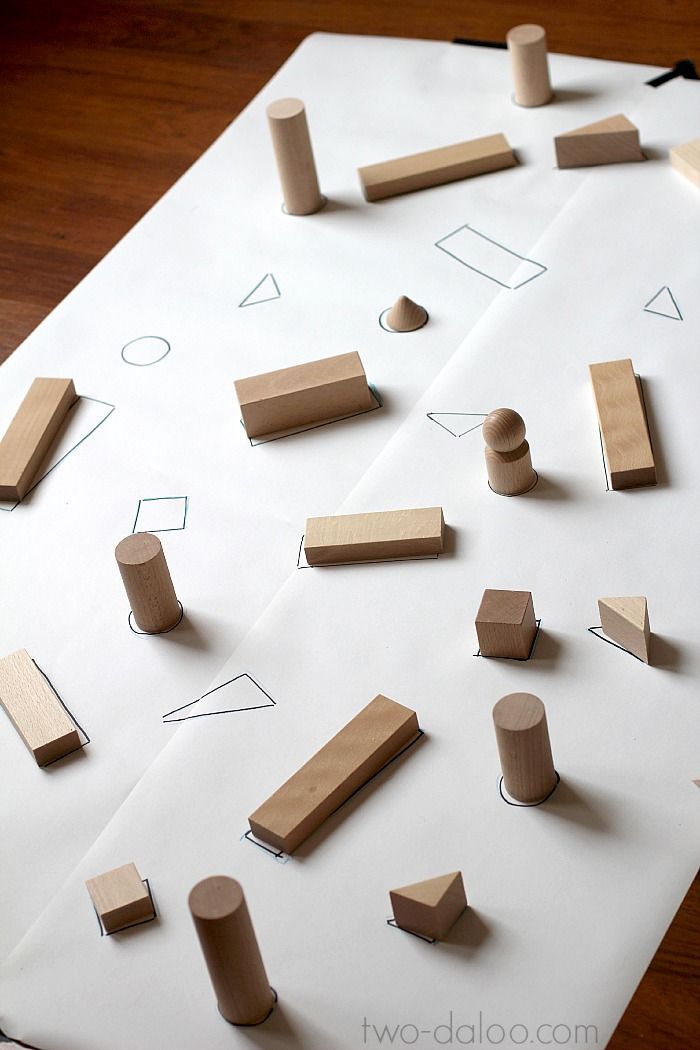
16. Games and Activities for Teaching Shapes (Prekinders) – Here are a fun few ways to teaching shapes, like shape bingo and a memory game.
17. Tracing Shapes on the Flannel Board (Teach Preschool) – A wonderful way to introduce letters and shapes while building pre-writing skills!
18. Hunting for Shapes (Teach Preschool) -Explore shapes with a fun and interactive game!
19. Exploring Shapes with Blocks on a Table Top (Teach Preschool) – A simple and engaging exploration of shapes and colors!
20. Learning Shapes by Rolling a Ball (Hands On As We Grow) – Try a fun hands on activity for toddlers for a creative twist to learn shapes!
21. Finding Shapes at the Playground (Buggy and Buddy)- Just print out the free shape hunt printable and go searching for shapes at the playground with this fun geometry activity for children!
22. Geometric Shapes Math Activity (Little Bins for Little Hands) – This simple geometric shapes activity for kids is easy to do at home or as a math center in school.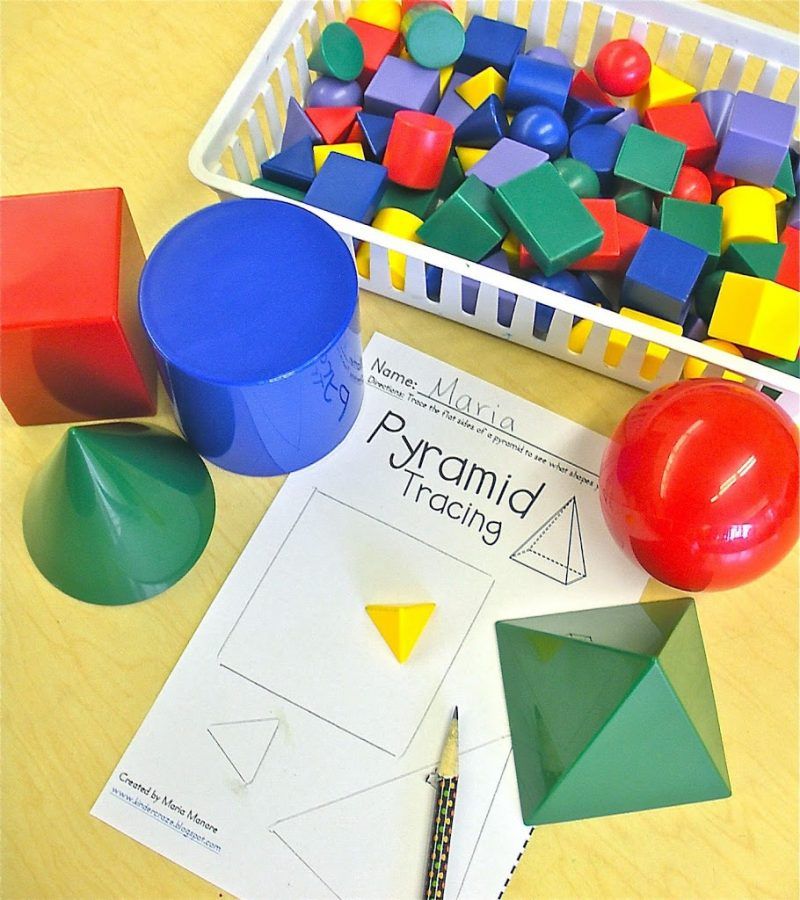 It also makes a terrific STEAM project including a bit of art and design too.
It also makes a terrific STEAM project including a bit of art and design too.
23. Gruffalo Themed Shape Animals (Educators’ Spin on It) – Exploring shapes with young children can be such fun when you involve a few animal friends from The Gruffalo.
Shapes Activities for Preschoolers
24. Feed the Shape Monster Game (Imagination Tree) – Make a fun activity for preschoolers and school aged kids with this feed the hungry shape monsters sorting game!
25. Sticky Shape Bugs Activity (Mom Inspired Life) – This was a great way to develop fine motor skills and critical thinking skills while learning about shapes.
26. Learning Shapes with Spaghetti Noodles (Teaching Mama) – Looking for a fun way to teach shapes? Well here’s a very fun way using spaghetti noodles! This hands-on activity also is a great sensory activity.
27. Matching Shapes to Outlines (Busy Toddler) – Create this fun easy DIY shape mat to practice shapes with your preschoolers.
28.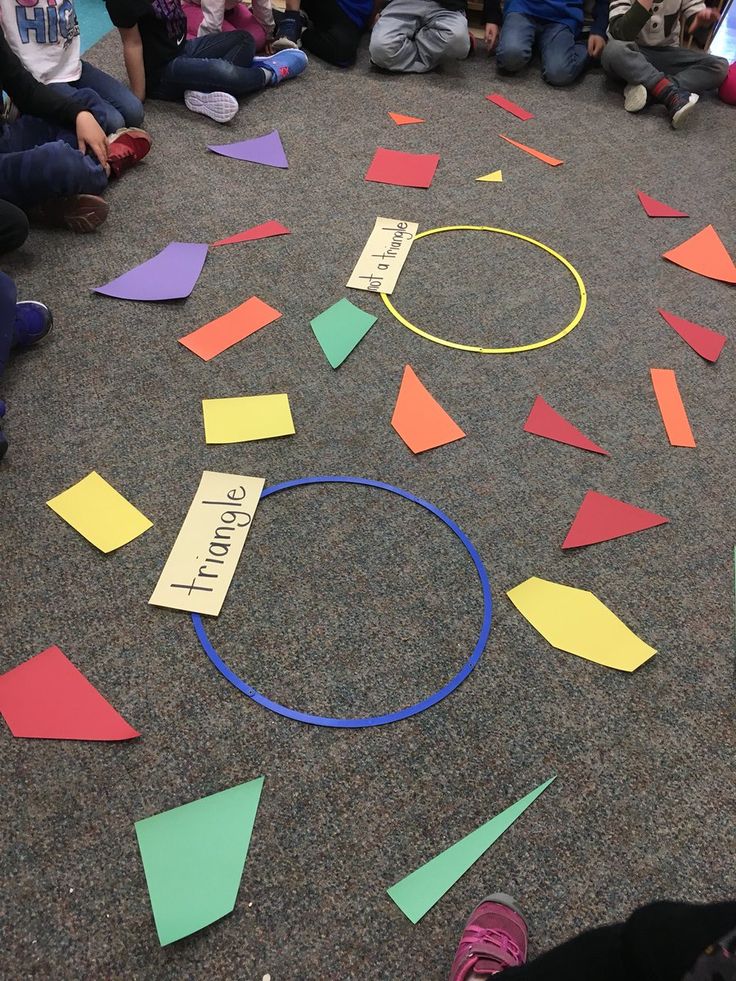 Chalk Shapes Jumping Game (Craftulate) – All you need for this shape activity is some sidewalk chalk!
Chalk Shapes Jumping Game (Craftulate) – All you need for this shape activity is some sidewalk chalk!
29. Open and Closed Polygons Game (JDaniel4’s Mom) Grab some LEGOs and have fun with these polygon games, like hockey!
30. Shape Sensory Squish Bag (Still Playing School) – Create this sensory squish bag with triangles, circles, and squares. It’s irresistible to touch and talk about in the window or on the table. It’s super easy to make, too!
31. DIY Shape Puzzles (Munchkins and Moms) – If you have some Jenga blocks and markers, then this easy DIY shape puzzle will be a fun engaging activity for your preschoolers.
32. Stamping Shapes in Kinetic Sand (Still Playing School) – Stamping shapes into kinetic sand is a great opportunity to work on shape identification, count the sides and corners, and compare and contrast the shapes.
33. Making Trucks from Shapes (Powerful Mothering) – Using your wooden blocks to draw and create trucks!
34. DIY Waldorf Square (Rhythms of Play) – An easy DIY toy for kids made with wooden blocks and liquid watercolor paints.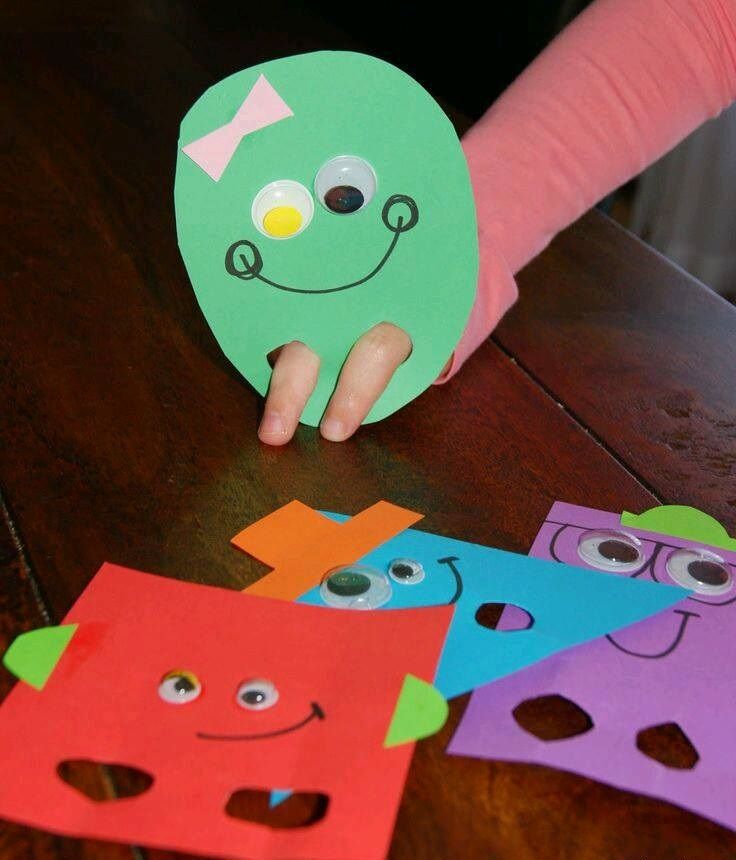
35. Magazine Shape Hunt and Sort (Mom Inspired Life) – This magazine shape hunt is jam-packed with learning! Kids will learn shapes while they practice cutting, gluing and sorting. It’s also an awesome way to work on critical thinking and observation skills.
36. Building Rockets with Shapes (Stir the Wonder) – Building rockets with shapes is a fun way to review shapes and colors with toddlers and preschoolers!
37. Build on Shape Outlines (Brick by Brick) – Use wooden blocks in a new fun way and work on shapes at the same time!
38. Shapes in Our Neighborhood Book (Munchkins and Moms) – Go for a walk and look for shapes in the neighborhood and then create a photo book after!
39. Sorting Shapes in the Sensory Bin (Learning 4 Kids) – Your preschoolers will practice their shapes and fine motor skills while having fun with this shape sensory bin.
40. I Spy Shape Hunt (Munchkins and Moms) – Create these fun easy spy glasses and go on a shape hunt!
Follow my Shapes Pinterest Board for more great ideas!
Learning Geometric Shapes: Games for Preschoolers
One of the important aspects of the development of mathematical concepts in preschoolers is the study of the basics of geometry.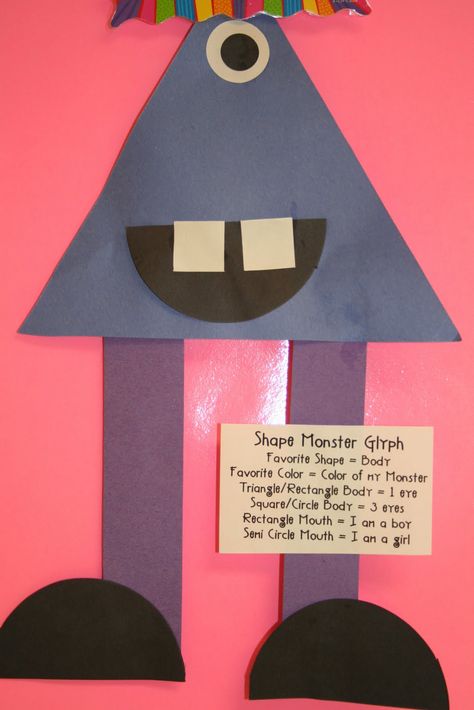 In the course of acquaintance with geometric shapes, the child acquires new knowledge about the properties of objects (shape) and develops logical thinking. In this article, we will talk about how to help a preschooler remember geometric shapes, how to properly organize games for teaching geometry, and what materials and aids can be used to develop a child’s mathematical abilities.
In the course of acquaintance with geometric shapes, the child acquires new knowledge about the properties of objects (shape) and develops logical thinking. In this article, we will talk about how to help a preschooler remember geometric shapes, how to properly organize games for teaching geometry, and what materials and aids can be used to develop a child’s mathematical abilities.
At what age can one start learning geometric shapes?
Many parents are wondering if young children need to get acquainted with geometric shapes. Experts believe that it is optimal to start classes in a playful, relaxed form from the age of 1.5. Until this age, it is appropriate to pronounce to the child the names of the shapes of objects that the baby meets in real life (for example, “round plate”, “square table”).
Introducing the child to geometric shapes, be guided by his reaction. If your baby started to show interest in them at an early age (by playing with the sorter or looking at pictures), encourage his curiosity.
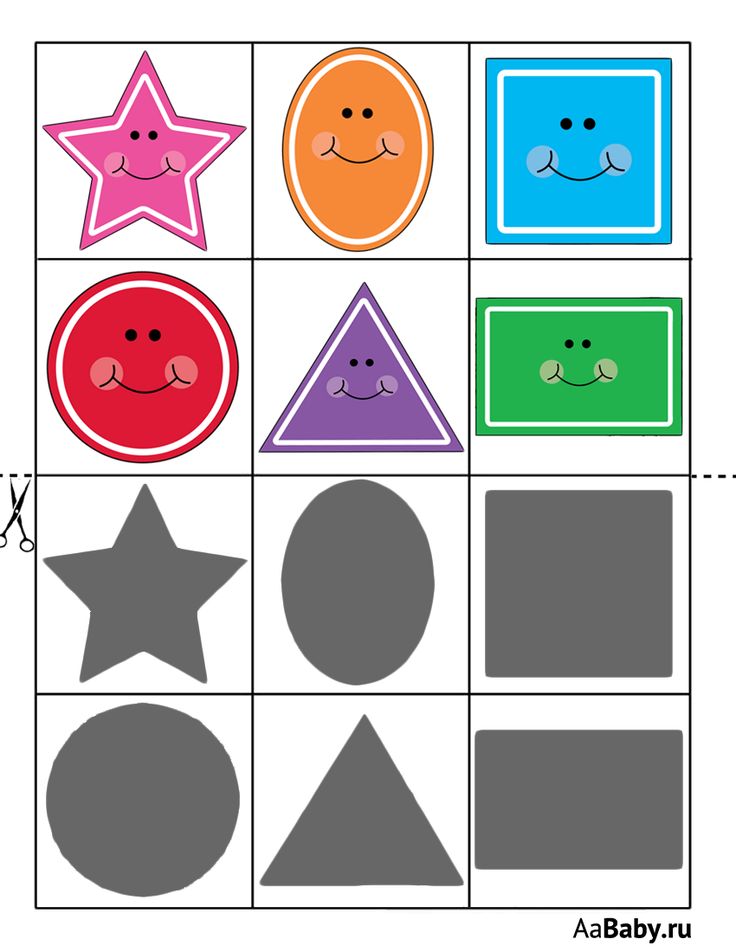
At the age of 2, the baby should be able to distinguish between:
- Circle;
- Square;
- Triangle.
By the age of 3 you can add:
- Oval;
- Rhombus;
- Rectangle.
At an older age, a child can memorize such shapes as a trapezoid, a pentagon, a hexagon, a star, a semicircle. Also, children visiting the Constellation Montessori Center get acquainted with geometric bodies with interest.
How can I help my child remember geometric shapes?
Teaching a child geometric shapes should take place in stages. You need to start new figures only after the baby remembers the previous ones. The circle is the simplest shape. Show your child round objects, feel them, let the baby run his finger over them. You can also make an application from circles, mold a circle from plasticine. The more sensations associated with the concept being studied, the child receives, the better the baby will remember it.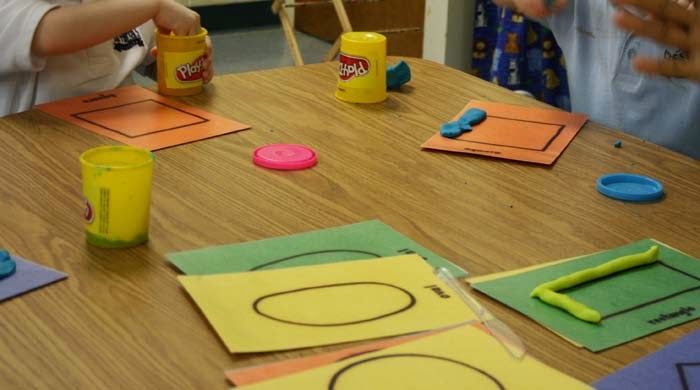
Three-dimensional figures can be used to get acquainted with the forms. It can be made by a designer, a sorter, lacing, frame inserts. Since at an early age the visual-effective type of thinking is most developed, various actions with figures will help to remember them better.
How children of different ages perceive geometric figures
The operations that a child can perform with geometric figures and how he perceives shapes depend on the age of the baby. In accordance with age characteristics, the following stages of training can be distinguished:
- In the second year of life, the baby is able to visually recognize familiar figures and sort objects according to shape.
- At 2 years old, a child can find the desired shape among a number of other geometric shapes.
- By the age of 3, babies can name shapes.
- At the age of 4, a child is able to correlate three-dimensional figures with a flat image.

- At senior preschool age (and sometimes even earlier) you can start studying geometric bodies (ball, cube, pyramid). Also at this age, the child can analyze complex pictures consisting of many shapes.
Regardless of the child's age, try to pay attention to the shapes of the surrounding objects and compare them with known geometric shapes. This can be done at home and on the go.
Games for learning geometric shapes
For a child to be interested, learning geometric shapes should take place in a playful way. You should also select bright and colorful materials for classes (you can buy them in a store or do it yourself). Here are some examples of games and tutorials for learning geometric shapes:
- Sorting. Games with a sorter can be started from the age of 1. Invite the child to find its window for the figure. So the child will not only memorize geometric shapes, but also develop fine motor skills, thinking and spatial representations, because in order for the part to fall into the hole, you need to turn it at the right angle.
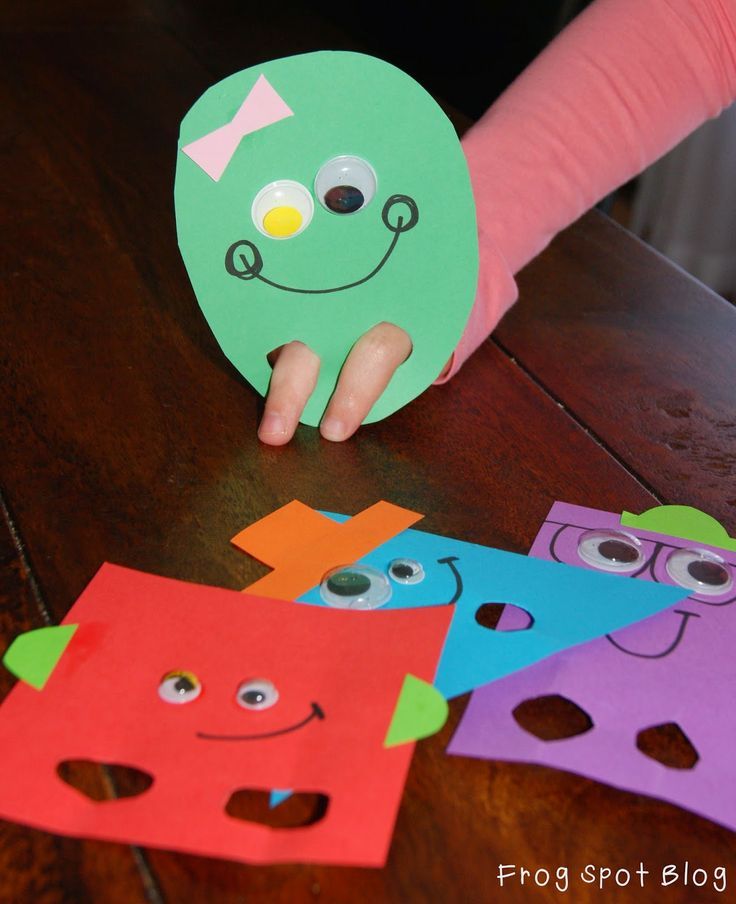 You can also sort any other items, such as building blocks, Gyenesch blocks, or counting material.
You can also sort any other items, such as building blocks, Gyenesch blocks, or counting material. - Insert frames. In fact, this manual is similar to a sorter. For each geometric figure, you need to find its place.
- Geometric lotto. To play, you will need a field with the image of geometric shapes and handout cards with each figure separately. A child can take small cards out of a chest or bag, and then look for their place on the playing field. This game also perfectly trains the attention of the baby.
- Geometric appliqué. Cut out various geometric shapes from paper and, together with your child, make a picture out of them (for example, you can make a Christmas tree from triangles, a house from a square and a triangle).
- Drawing (including stencils).
- Modeling.
- Laying out figures from counting sticks.
- Geometric mosaic.
- Laces with geometric shapes.
- Card games.
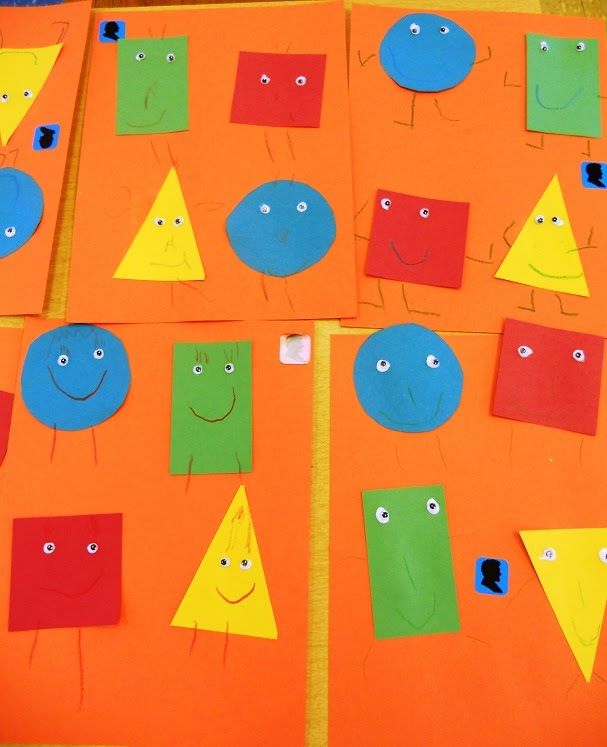
- Guess by touch.
- Active games. Draw geometric shapes on the pavement with chalk. Ask the child to imagine that the figures are houses that you need to run into on a signal. Next, you name a geometric figure, and the child runs to it.
In addition, educational cartoons can be used to study geometric shapes. Here is one of them:
Conclusions
Learning the basics of geometry at preschool age is an important part of developing a child's mathematical and sensory representations. Acquaintance with the figures should occur gradually (first, simple figures - a circle, a square, a triangle). To keep your child interested, study geometric shapes in a playful way. Your assistants in this can be such educational aids as insert frames, mosaics, lotto, sorters, sets of geometric shapes and bodies, stencils.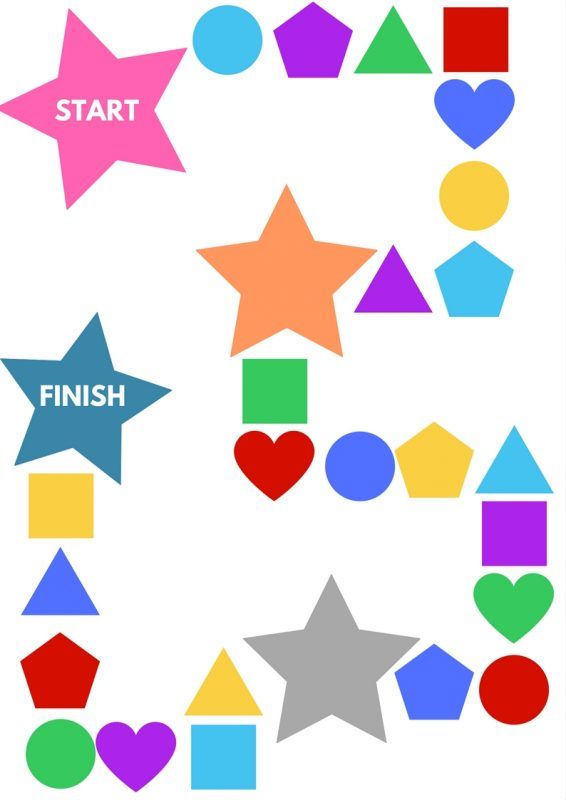 You can also study geometric shapes on the street: just talk to your child about what you see around and what shapes these objects look like. Then the kid will definitely learn to distinguish geometric shapes and remember their names.
You can also study geometric shapes on the street: just talk to your child about what you see around and what shapes these objects look like. Then the kid will definitely learn to distinguish geometric shapes and remember their names.
Conclusion
Montessori environment has been specially created for the comprehensive and harmonious development of each child in the children's center "Constellation". In the process of free work in it, children not only get acquainted with the basics of geometry, but also develop their cognitive processes, fine motor skills, learn to write, read, and count. In addition, the Montessori environment gives the child the opportunity to fully demonstrate independence and responsibility. We will be glad to see you and your baby at our center!
Prepared by a Montessori teacher
Malysheva Evgeniya
we learn flat and three-dimensional geometric shapes
Masaru Ibuka in his book “After three it's too late” claims that in the first three years of life a child has the highest potential for learning and development, so inaction is akin to a crime.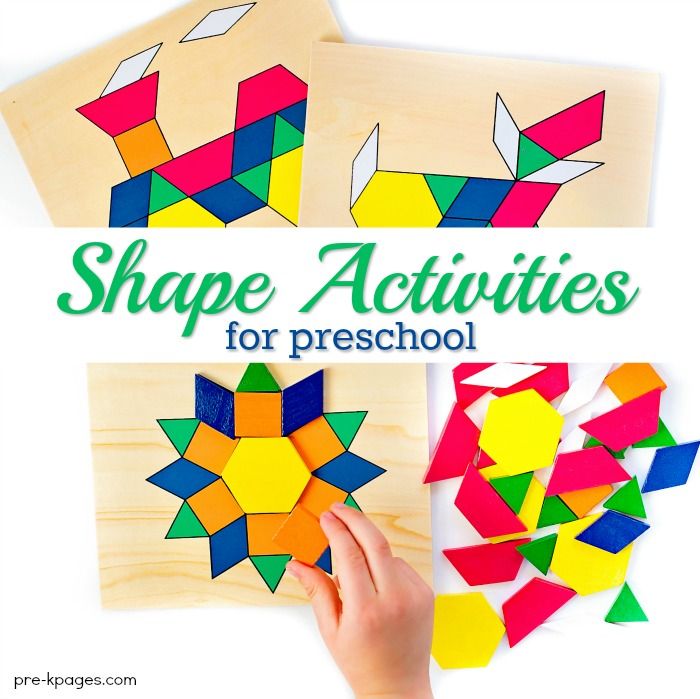
Of course, we may feel that the child is too small. And what can he learn if he cannot even speak? But the brain of a child, like a sponge, absorbs all the information around it. And it depends on the parents what the child will learn at this age.
Is it worth it to start learning geometric shapes at such an early age? Undoubtedly. The child lives in an environment of geometric shapes. The knowledge you give should not be divorced from your daily life. Mom is the guide of the baby in this world, and it is absolutely not necessary for her to have a degree in order to tell the child how the world works.
Why should a child learn geometric shapes?
The first three years of a child's life is a period of development of brain cells, when a solid foundation for new achievements is formed. Already at 3-4 months, the baby is able to distinguish forms. This does not mean that the time has come to memorize the names of geometric shapes, but when talking with a baby, a mother may try to use the phrases: “Here is our favorite round saucer”, “Let's see what's in a square box” and the like.
Knowledge of geometric shapes helps:
- develop spatial thinking, orientation in space;
- broaden one's horizons;
- develop the ability to compare, analyze, summarize and highlight the main thing, classify;
- to replenish vocabulary.
And, of course, the knowledge acquired by a preschooler will serve him as an excellent help in studying mathematics at school.
How to teach geometric shapes with a preschooler?
- Education for preschoolers should be built in the form of an exciting game.
- No need to scold the child if he did not remember the names of the figures from 1 time, even if from 31 - it's not worth it.
- Do not forget to organically weave geometric knowledge into life: “give a square box”, “take an apple from a round plate”.
- On the way to the garden, look for rectangular or round objects, compete to find and name the most.
- In the game arsenal you should have toys of the correct geometric shape - balls, cubes, designer parts.
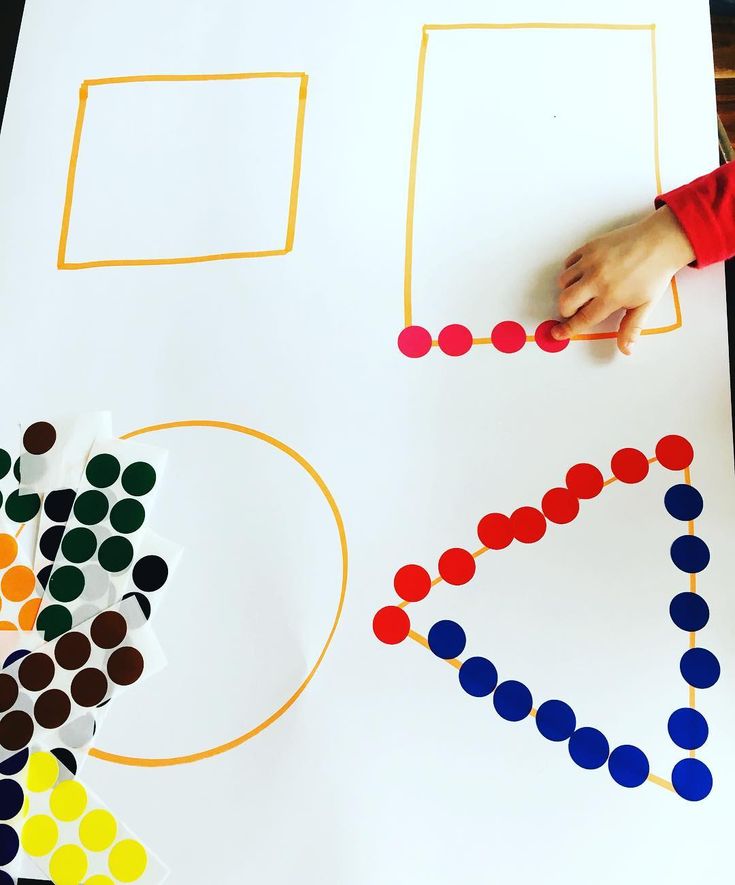
- Usually kids like to help their mother in the kitchen. Get round, square, rectangular molds and bake edible geometric shapes.
- It is important to use tactile memory when studying figures. It will be much more interesting for a child not only to see, but also to feel, stroke, and maybe even lick the object of study.
- Load the child's brain in doses, gradually supplementing with information. For example, when studying shapes, repeat colors as well: “Look, what a blue oval it turned out to be.”
Basic Shape Memorization Techniques
There are many techniques and techniques that will make memorizing shapes interesting for children. The choice of methods will depend on the age and knowledge of the child.
- Before reaching the age of 1.5, we pronounce the surrounding objects aloud, supplying our story with information about the shape (let's take a round apple).
- At the age of 1.5 - 2 years, we use pictures, color the figures, use sorters to study the figures.
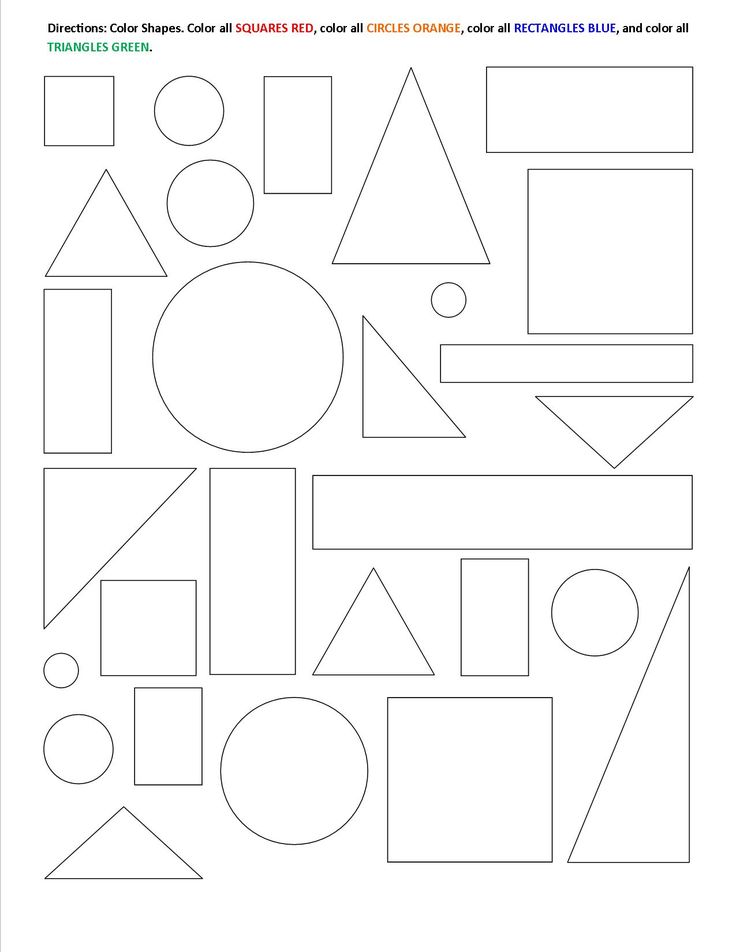 We start with the simplest - the circle. We will connect the rest of the figures only after the child has learned the concept of "circle".
We start with the simplest - the circle. We will connect the rest of the figures only after the child has learned the concept of "circle". - From the age of 2 until reaching school age, we can apply all existing methods, following from simple to complex.
When studying geometric figures, it is important to proceed in stages. You should start with light shapes: circle, square, triangle, rhombus, rectangle, oval. Knowledge of these figures is available for children 2-3 years old.
Older children, 4-5 years old, include in their vocabulary and use the idea of a trapezoid, parallelogram, pentagon, hexagon, octagon, decagon and other polygons. They already know how to analyze, so they can easily compare and find differences between figures.
Senior preschool children get acquainted with three-dimensional figures: cylinder, pyramid, cube, ball, cone, prism.
Let's analyze some variants of techniques for studying geometric shapes:
1.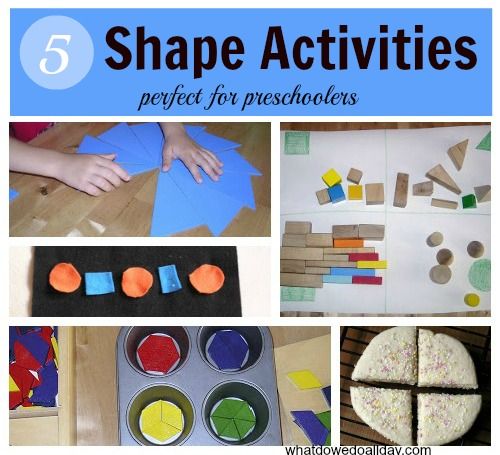 Sorter – looking for a "house" for each shape. The child will not only remember the figures, but will also develop fine motor skills, coupled with thinking.
Sorter – looking for a "house" for each shape. The child will not only remember the figures, but will also develop fine motor skills, coupled with thinking.
2. Modeling . Sculpt geometric shapes with your baby - you simply can’t imagine a better activity for developing fine motor skills of hands and perseverance.
3. Three-dimensional stickers and magnets depicting geometric shapes can also help the child fix the names of the shapes in memory.
4. Looking for halves of . Cut the geometric shapes into two parts, mix and invite the baby to find the other half.
5. Applications . You can also make a geometric application from cut out figures. For example, a house (square + triangle), Christmas tree, car.
6. Outline dashed geometric shapes .
7. Color or shade the geometric shapes you suggested .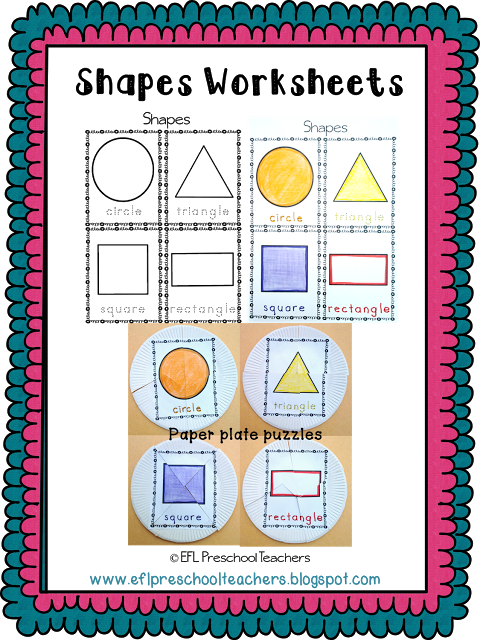
7. Finish the figure according to the sample.
8. Draw figures using stencils.
9. Listen to a fairy tale where the main characters are geometric figures, and then draw what you hear.
10. Put figures of different shapes into an opaque bag and suggest guessing the shape of the object by touch.
11. An excellent game for the development of memory and attentiveness. An adult prepares cut out figures of different colors and sizes and lays them out in front of the baby. They discuss colors, name the figures, and then the adult hides the figure. The task of the child is to find and name which figure is not.
12. Laying out geometric figures with counting sticks or matches. When the child masters this skill, you can move on to a more difficult level - solve puzzles. For example, remove one match to make a triangle.
13. Associations . Invite the child to name objects that a circle or rectangle looks like.
14. Laces and various insert frames , for example, Nikitin squares, where you need to recreate a square from several objects, or Segen boards, where you need to insert the missing part.
Laces and various insert frames , for example, Nikitin squares, where you need to recreate a square from several objects, or Segen boards, where you need to insert the missing part.
15. Outdoor games . For example, an oval, a triangle, a square, a rectangle are drawn on the asphalt. At the command of an adult, the child must find the named figure and stand in it.
16. Videos . There are a large number of cartoons and educational materials about geometric shapes. Watch the video with the baby and be sure to discuss what you see.
17. Find on the Internet and print out pictures that artists draw with geometric shapes, and invite your child to count how many circles, rectangles, etc. are there. objects (for example, ball = ball). And, of course, to involve the study of the subject through games:
- Finding a three-dimensional figure from a flat pattern is an excellent exercise for developing spatial thinking.

- "Sleuth". Children are given an “orientation” - a flat drawing of the desired figure from all sides. Children need to match the pictures and find the right shape.
- Create a 3D model yourself. An adult can print stencils from the Internet. It remains for the child to bend along the lines and glue to make a figure.
- Models, origami - you can try with your child to create your own voluminous paper toy.
- Constructor. Build a tower or a castle for the princess with the help of details. This game will contribute to the development of fine motor skills, imagination, understanding the properties of three-dimensional figures.
The study of geometric figures should not become torture for a child and an adult. Choose the method that's right for you. Show patience and ingenuity, and then the result will not be long in coming. Most importantly, do not forget to encourage the child for his new discoveries and repeat the knowledge gained from time to time.